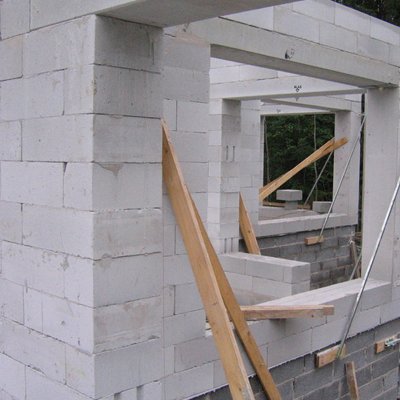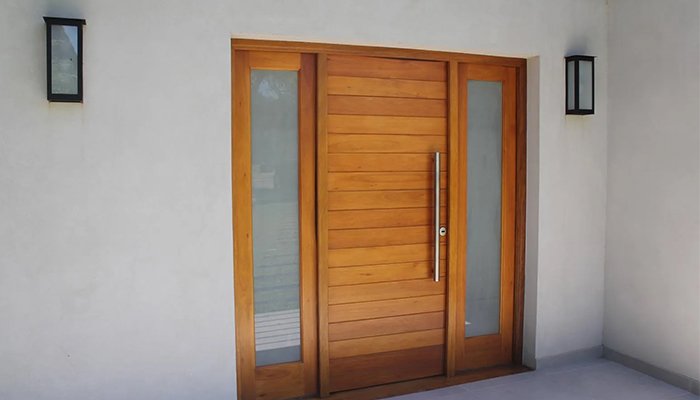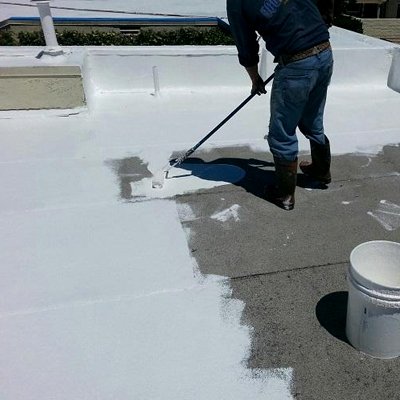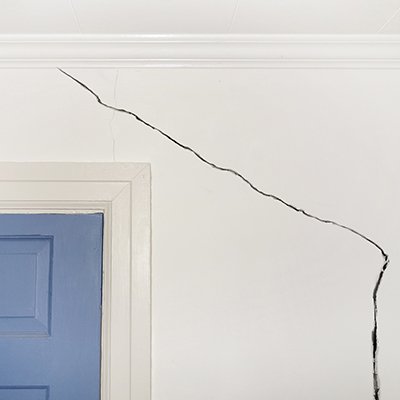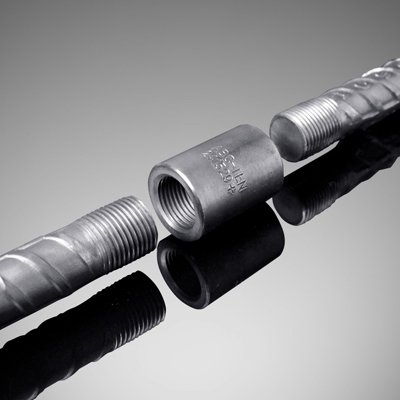CELLULAR CONCRETE
2. CELLULAR CONCRETE
 Cellular concrete is a lightweight engineered concrete manufactured by mixing Portland cement, sand, fly ash, water and pre-formed foam in varied proportions to form a hardened material. This material is mixed to a specified density and pumped into any void. Cellular concrete is harder in comparison with traditional insulation materials, especially when chemical and fire resistance is needed.
Cellular concrete is a lightweight engineered concrete manufactured by mixing Portland cement, sand, fly ash, water and pre-formed foam in varied proportions to form a hardened material. This material is mixed to a specified density and pumped into any void. Cellular concrete is harder in comparison with traditional insulation materials, especially when chemical and fire resistance is needed.
Basically, cellular concrete can be pumped into any space. It is highly fluid and easily pumpable. This geo-technically strong, ultra-lightweight concrete having following characteristics:
- Low-density: By controlling the foaming action, it’s possible to manipulate the density of cellular concrete, creating densities that range from 240 to 1992 kg/m³. Standard concrete has a density of about 2322.68 kg/m³.
- Excellent pumping qualities: Due to its high air content and low density, cellular concrete is easy to pump – even when long distances are involved.
- Light but strong: Cellular concrete is typically stronger than compacted fills or soils, even at its lower densities.
- Permeable or non-permeable: Cellular concrete can be formulated to stop water penetration or allows it to drain through the material.
- Self-levelling: Cellular concrete has excellent flow characteristics. It performs well at filling voids and flowing to form a level surface.
- Insulating: The air bubbles captured in cellular concrete give the material much better insulating qualities than other masonry materials.

